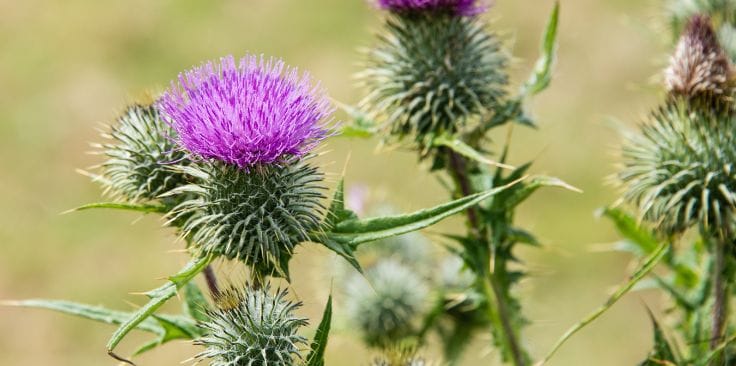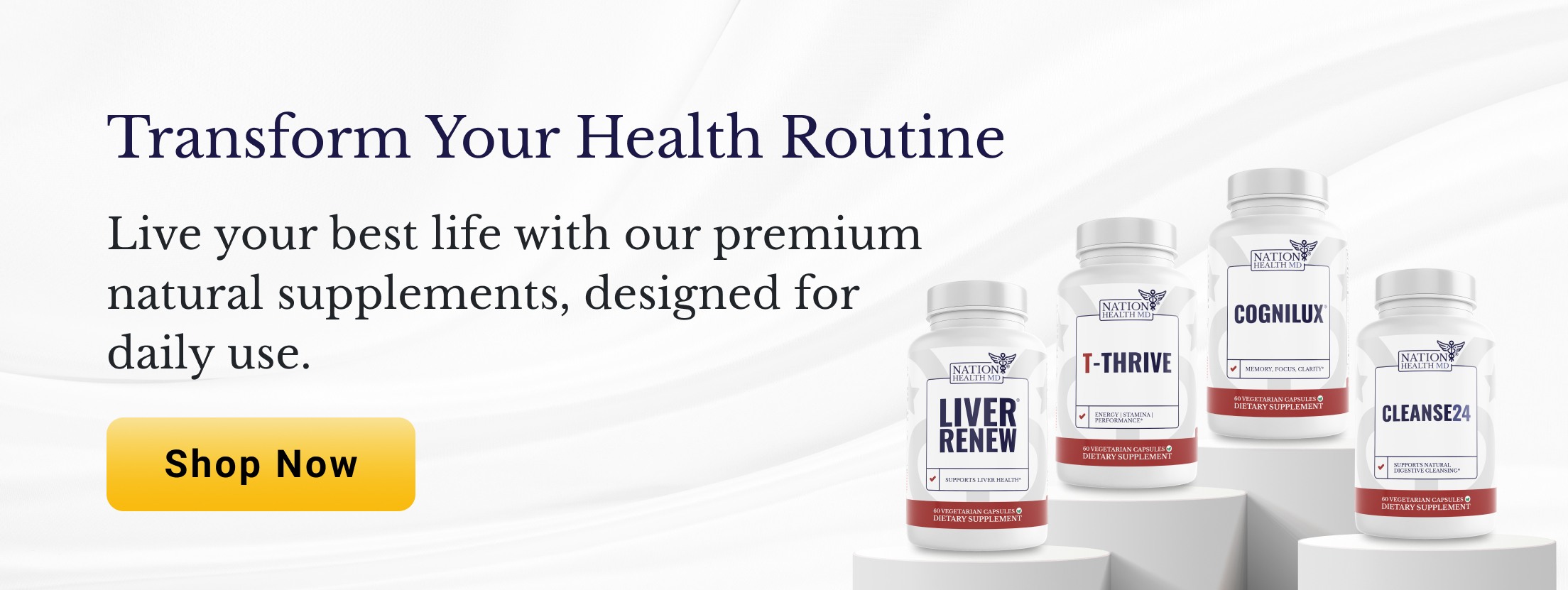Can Dandelion and Milk Thistle Be Mixed Safely?
Medically reviewed by our experts


Can you mix dandelion and milk thistle? These time-tested herbs have gained attention among those seeking natural approaches to support their well-being. Both plants offer unique properties that make them popular choices for those interested in herbal supplements. Let’s explore how these two remarkable botanicals work together.
Key Article Findings
- As of 2025 no known negative interactions between dandelion and milk thistle been found when used as directed
- Individual responses to herbs may vary based on personal health factors
- Speaking with a qualified healthcare provider helps ensure safe integration of these herbs into your routine

Overview of Dandelion and Milk Thistle
Both dandelion and milk thistle hold special places in traditional practices across various cultures. Dandelion, with its bright yellow flowers and deep roots, grows abundantly in meadows and gardens worldwide. This common plant supports digestive function and serves as one of the most valued natural detox herbs.
Milk thistle, distinguished by its purple flowers and white-veined leaves, originated in Mediterranean regions. Throughout history, people have turned to milk thistle and dandelion for liver health support. The herbs share complementary qualities that make them natural allies in promoting overall wellness.
These plants contain different beneficial compounds. Dandelion offers bitter compounds that aid digestion, while milk thistle contains specific plant compounds that support liver function. Their different yet complementary nature makes them particularly interesting for those seeking natural wellness options.
Can They Be Mixed Safely?
Yes, dandelion and milk thistle generally work well together. Their natural properties complement each other, supporting overall wellness in different ways. People often combine these herbs in various forms, including teas and supplements.
When starting with any new herbs, it’s wise to begin gradually. A typical approach involves taking one herb at a time for a week before combining them. This method allows you to observe how your body responds to each plant individually.
For tea preparations, many people start with one cup daily. If using supplements, following the suggested serving size on the product label provides a good starting point. Speaking with a qualified healthcare provider becomes particularly important if you take medications or have ongoing health concerns.
Benefits of Combining Dandelion and Milk Thistle
Dandelion contains specific compounds including taraxacin, inulin, and taraxasterol. Milk thistle features silymarin, a group of flavonoids that includes silybin, silydianin, and silychristin. These natural compounds work together to support the body’s natural processes.
The flavonoids in both herbs contribute to their antioxidant properties. Dandelion’s bitter compounds and inulin fiber support digestive function, while milk thistle’s silymarin compounds maintain liver health. Dandelion roots also contain potassium and other minerals that support fluid balance.
Natural wellness practitioners incorporate these herbs into their daily routine through morning teas or supplements with meals. A typical approach includes 1-2 cups of tea daily or following supplement labels for recommended amounts. Some prefer seasonal use, particularly during spring and fall, when many focus on renewal and wellness practices.
Conclusion
The combination of dandelion and milk thistle offers a thoughtful approach to natural wellness. These time-tested herbs continue to interest those seeking natural options for supporting their well-being.
Consider exploring these beneficial plants as part of your wellness journey. Start slowly, pay attention to your body’s responses, and maintain open communication with your healthcare provider about your wellness choices.
Common practice suggests being mindful when combining milk thistle with blood sugar support supplements. Natural wellness practitioners often advise spacing out milk thistle intake from other herbs or supplements by 2-3 hours.
People taking water-balance supplements often space out dandelion intake from other herbs. Those who consume potassium-rich foods might consider timing their dandelion consumption separately from these meals.
Milk thistle may interact with certain supplements that affect liver pathways. Natural health practitioners suggest avoiding concurrent use with St. John’s Wort and spacing out intake from iron supplements.
Dandelion: Usefulness and safety. (n.d.). NCCIH.
Milk thistle. (n.d.). Mayo Clinic.
Kania-Dobrowolska, M., & Baraniak, J. (2022). Dandelion (Taraxacum officinale L.) as a Source of Biologically Active Compounds Supporting the Therapy of Co-Existing Diseases in Metabolic Syndrome. Foods, 11(18), 2858.
Emadi, S. A., Et Al. (2022). A review of therapeutic potentials of milk thistle (Silybum marianum L.) and its main constituent, silymarin, on cancer, and their related patents. DOAJ (DOAJ: Directory of Open Access Journals), 25(10), 1166–1176.
Solnier, J., Et Al. (2023). Consideration for Flavonoid-Containing dietary supplements to tackle deficiency and optimize health. International Journal of Molecular Sciences, 24(10), 8663.
Popular Articles
Advertisement. This site offers health, wellness, fitness and nutritional information and is designed for educational purposes only. You should not rely on this information as a substitute for, nor does it replace, professional medical advice, diagnosis, or treatment. If you have any concerns or questions about your health, you should always consult with a physician or other health-care professional. Do not disregard, avoid or delay obtaining medical or health related advice from your health-care professional because of something you may have read on this site. The use of any information provided on this site is solely at your own risk.













